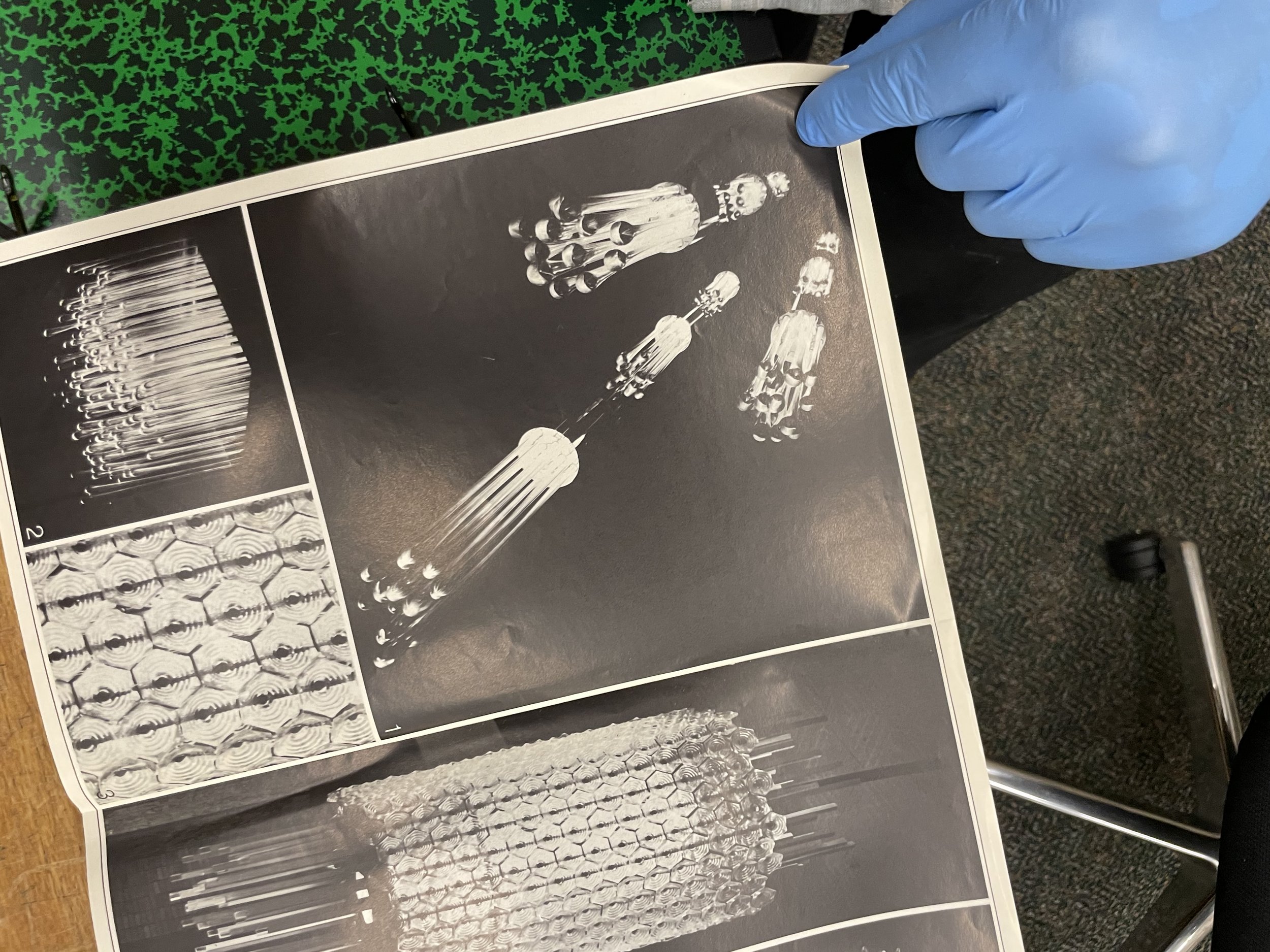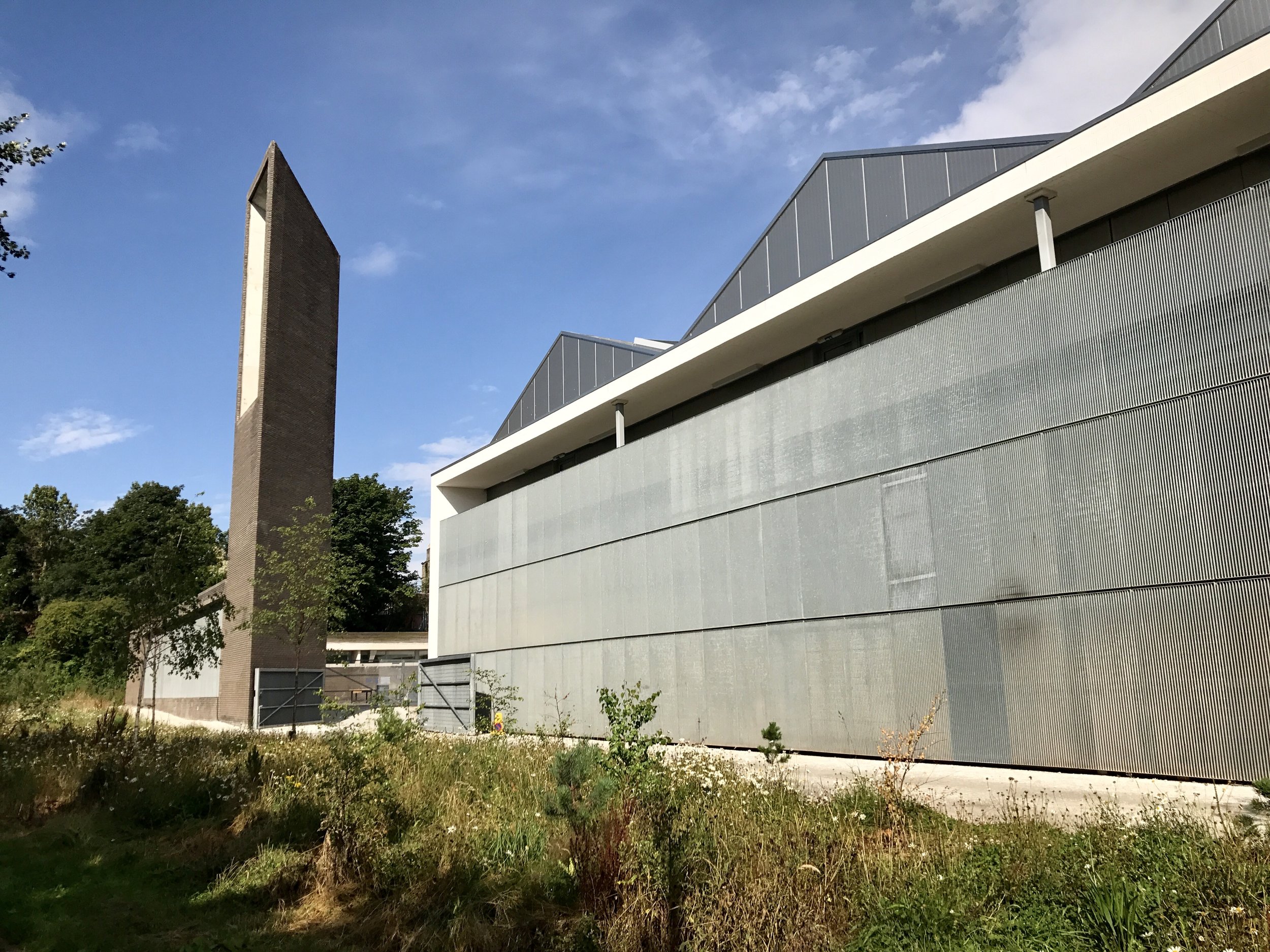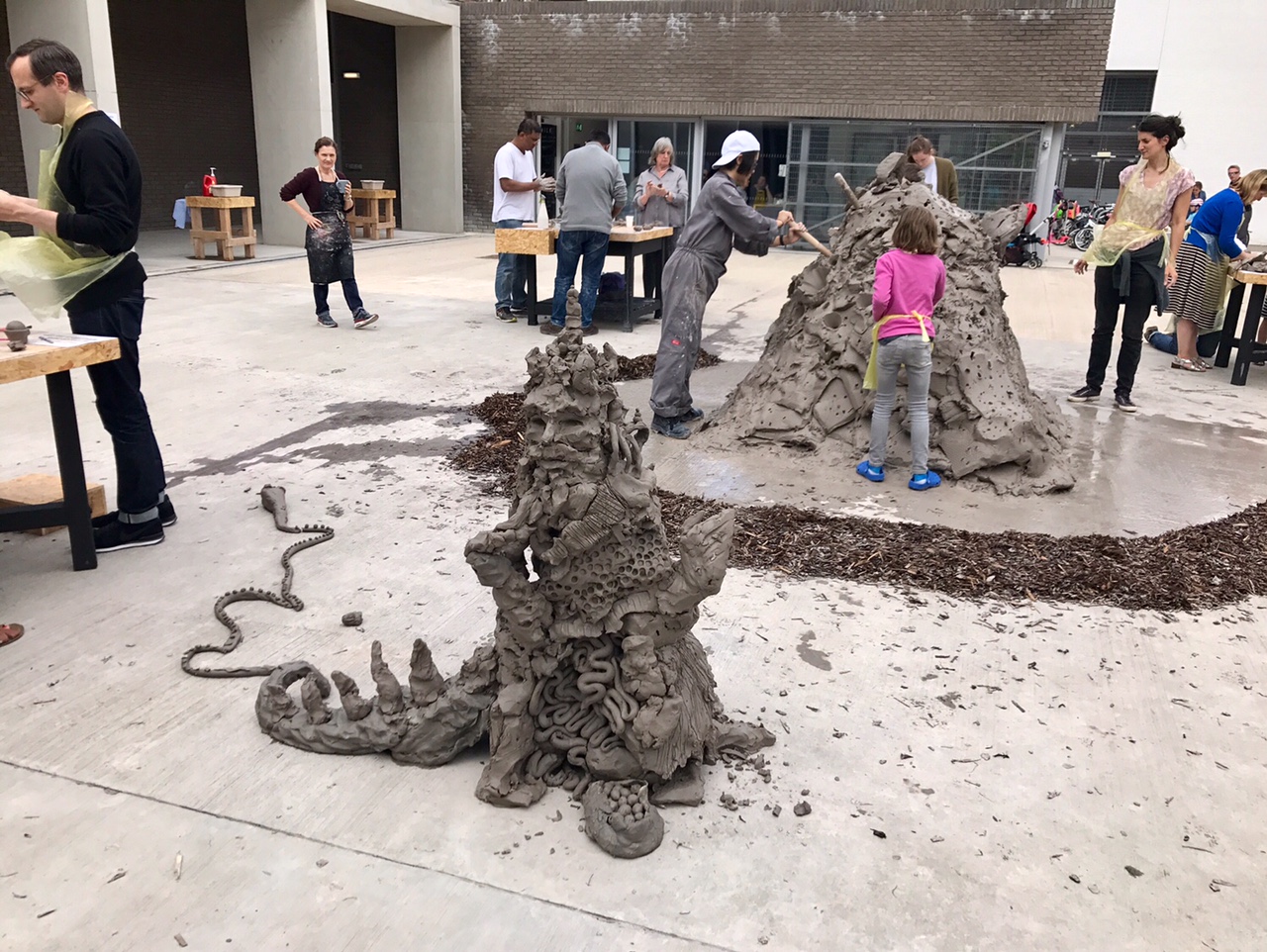The 2020 Sovereign Asian Art Prize:
Winners Announced, Alex Seton Named Grand Prize Winner
Hong Kong – The Sovereign Art Foundation (SAF) today announced Australian artist Alex Seton as winner of The 2020 Sovereign Asian Art Prize and US$30,000 for his work, Oilstone 05_Corrosion (2019), a chemically-transformed marble sculpture resembling a Yamaha boat engine. The Prize is the 16th edition of Asia’s longest established and most prestigious award for contemporary art.
Saba Qizilbash, of Pakistan, and Made Wiguna Valasara, of Indonesia, are awarded The Vogue Hong Kong Women’s Art Prize of US$5,000, and The Public Vote Prize of US$1,000, respectively, for their works Inbezelment, an installation of detailed graphite drawings on mylar paper, and Daily parade, a hand-stitched, embossed canvas evocative of traditional Balinese painting.
Winner Alex Seton is a multidisciplinary artist working in sculpture, photography, video and installation, but is best known for his use of marble carving: playing with, inverting and exaggerating techniques of classical statuary and monument to create works that reflect on the contemporary world. Oilstone 05_Corrosion (2019) presents a resolutely man-made object, rendered in white statuary marble with a geological age of 200 million years, deliberately smashed, reassembled and prematurely aged with hydrochloric acid. By accelerating the natural process of corrosion, Seton recontextualises the material’s natural history, challenging its status as resolute, linear and unchangeable.
Alex was nominated into The Prize by curator, researcher, and academic, Dr Mikala Tai, Director of 4A Centre for Contemporary Asian Art in Sydney.
Seton said of his win:
“What a brilliant surprise! Thank you to The Sovereign Art Foundation for this honour and of course an enormous thank you to the brilliant Mikala Tai for nominating me. Without curator advocates like Mikala it’s almost impossible to stand out in the wonderful roar of contemporary art now. This year’s field of artists have my admiration and heartfelt congratulations for their bold and sensitive works, and I’m proud to show alongside them together as artists of the Asia- Pacific region. It is after all, where all the most exciting art is being made now.”
88 independent art professionals from across Asia Pacific nominated mid-career artists from 26 countries into the Prize, with a total of 611 entries received. The 31 finalists from 18 countries and territories were shortlisted by a judging panel including writer, curator, museum director David Elliott; Jan Dalley, Arts Editor of the Financial Times; Jiyoon Lee, art historian, curator, writer and consultant; artist and professor Miao Xiaochun; and esteemed artist Zhou Li. A Hong Kong-based panel comprised of architect, artist, collector and educator William Lim; Executive Director of Asia Society, Alice Mong; and Elaine Lin, Head of Collections at Asia Art Archive, weighed in with scores from the Finalists Exhibition, which were aggregated with those of the international panel to determine the final winners.
Read More here…






















